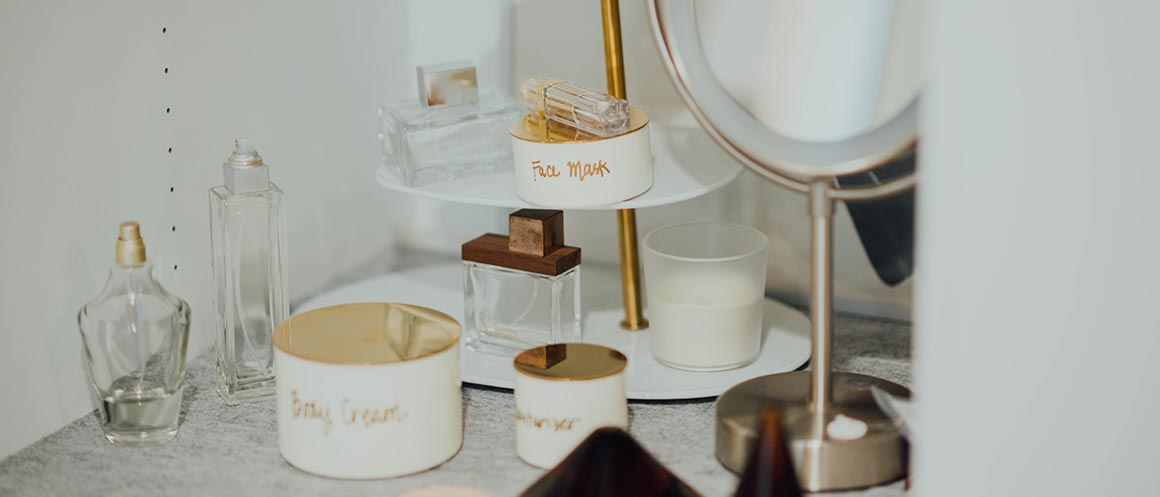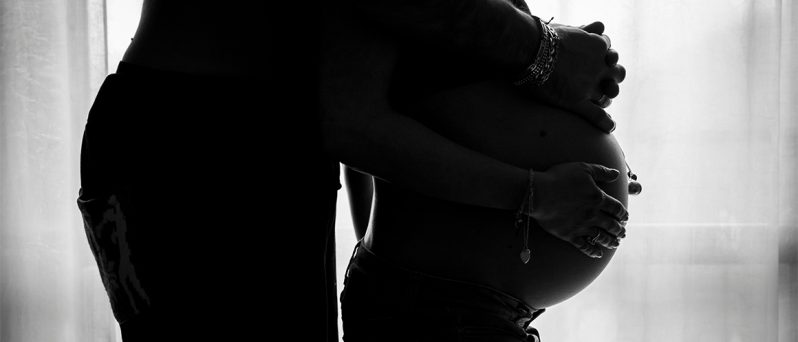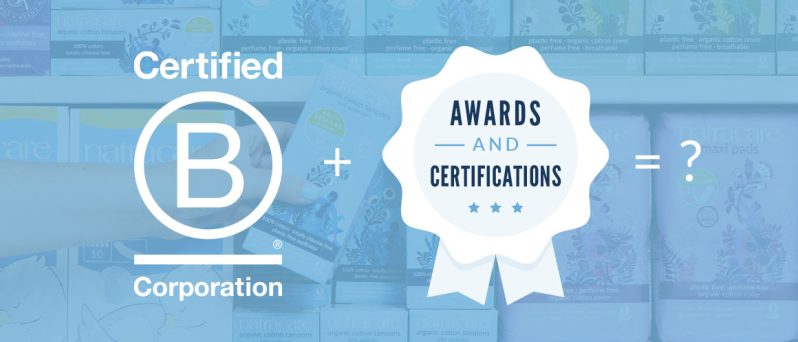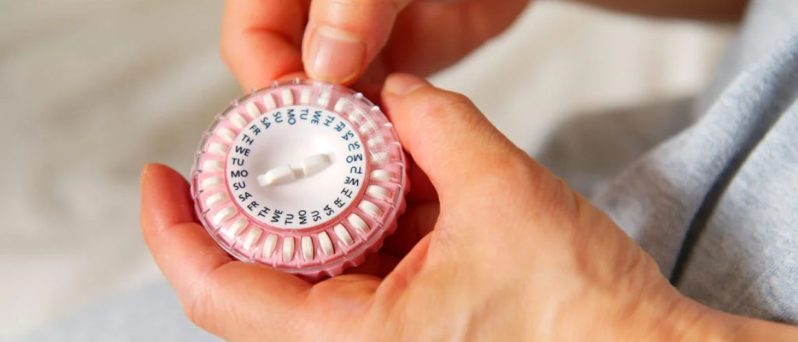The Plastic Problem in your Beauty Routine
Bags, bottles, straws… we know the usual suspects of plastic pollution. So far, this Plastic Free July we have explored the basics of going plastic free. But what if you take a deeper dive into plastic-free lifestyle? Will you find hidden plastics in items we don’t associate with single-use plastic?
Here’s a list of surprising items that contain hidden plastics with a few alternative options to switch to in your daily life:
Plastic In Wipes
From removing makeup to cleaning up messes to freshening up after a workout, wipes are quite useful. However many wipes and flushables contain viscose and plastics in the fibres.
To help avoid, check the ingredient lists for viscose, polyethylene or polyester blend. If the ingredients only share the formula for the liquid, it’s best to pass because it’s impossible to know if the brand is not transparent.
Natracare wipes all use certified organic cotton cloth or simply paper, so you can trust each wipe is truly biodegradable and compostable – and 100% plastic free!
Discover plastic free wipes
Most conventional wipes are made using plastic. At Natracare we do things differently – our wipes are plastic free and biodegradable!

Make the switch today
Plastic In Cotton Buds (Q-Tips)
Cotton buds are also useful but sneaky little buggers. Most have small sticks that are made of plastic, creating a huge pollution waste problem. In fact, the UK uses 13.2 billion of them annually.
The better alternative is to use cotton swabs made from hemp or paper. There is also a new reusable cotton bud on the market: the last swab.
Plastic In Period Products
Did you know that most conventional brands use tampons with plastic applicators and put plastic in their pads and panty liners? In fact, a recent study shows that a conventional pack of period pads contains the equivalent of five plastic carrier bags!
With an average of 11,000 disposable period products used in a woman’s reproductive lifetime, we must be aware of our plastic period waste.
Natracare is proudly on a mission for plastic free periods, one 100% organic cotton tampon at a time.
Microplastics from Clothing
Did you know many clothes today are made with plastic in the synthetic textiles aka Plastic Fashion? There is now a growing problem of tiny fibers (or microplastic) that originate from synthetic fibers, such as nylon, rayon, acrylic, polyester, and spandex, polluting our oceans!
An investigation by Patagonia found that garments of ‘higher quality’ shed less in the wash than low-quality synthetic products, illustrating the importance for manufacturers and consumers alike to invest in pieces built to last.
Let’s stop adding to the plastic pollution with these top tips:
- Keep using what you have (rather than by new)
- Wash at a lower temperature or lower spin cycle
- Wash less often & use front loader machines
- Install a fiber filter.
The list of surprising items that contain plastic can go on! If you’re ever in doubt, just remember the 3 R’s of Plastic Free July: Refuse, Reduce, Reuse. If you want to go further, learn more about how to start going plastic free today.









